Shipping goods from China to Australia requires a thorough understanding of the various shipping methods available, primarily air freight and sea freight. Each option presents its own set of advantages and challenges, influencing cost, speed, and overall logistics. As businesses seek to optimize their supply chains, the decision of which method to use can significantly impact efficiency and profitability. This guide delves into the key differences between air and sea freight, factors affecting shipping costs, transit times, customs regulations, and effective strategies for reducing expenses, helping importers navigate the complexities of international shipping with confidence.
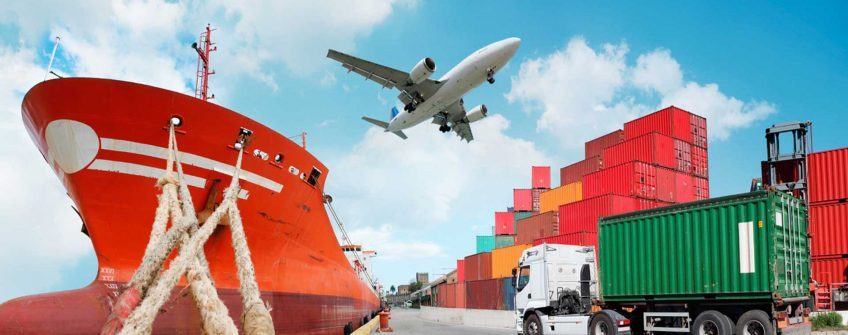
Understanding Shipping Options from China to Australia
Shipping goods from China to Australia involves selecting the most suitable shipping methods, which primarily include air freight and sea freight. Each method offers unique advantages, and understanding these can help importers make informed decisions aligning with their specific needs.

Overview of Shipping Methods: Air vs. Sea Freight
Air Freight is characterized by speed and efficiency, making it ideal for urgent shipments. Goods can typically be delivered within a few days, which is beneficial for businesses needing quick turnaround times. However, this expedited service comes at a premium cost.
Sea Freight, on the other hand, is generally more economical, especially for larger shipments. While transit times can extend to several weeks, it is the preferred option for bulk imports due to its cost-effectiveness. Depending on the shipping route and carrier, sea freight provides reliable tracking and service flexibility.
| Shipping Method | Speed of Delivery | Cost | Ideal for |
|---|---|---|---|
| Air Freight | 1-5 days | High | Urgent or small shipments |
| Sea Freight | 2-6 weeks | Low | Bulk shipments and non-urgent orders |
Key Factors Influencing Shipping Costs
Several factors contribute to the overall shipping costs when importing from China to Australia:
-
Distance and Route: The geographical distance between the shipping origin in China and the destination in Australia significantly affects costs. Specific routes may also have varying freight rates due to demand and capacity.
-
Volume and Weight of Goods: Shipping costs are typically calculated based on the dimensions and weight of the shipment. For air freight, the chargeable weight is often assessed by the greater of the actual weight or the dimensional weight.
-
Type of Goods: Certain types of goods may incur additional handling fees, especially if they require special care or packaging. Furthermore, hazardous materials and perishables can lead to increased shipping costs.
-
Seasonality: Shipping costs can fluctuate based on peak seasons. For instance, during holidays and major sales events, freight rates may rise due to high demand.
-
Customs Duties and Regulations: Additional charges may apply based on the nature of the goods being shipped, including taxes or import duties determined by Australian customs.
Read More:
- Shipping From China to Australia
- Shipping From China to New Zealand
- Shipping From China to Papua New Guinea
- Shipping From China to Fiji
- Shipping From China to Solomon Islands
- Shipping From China to Vanuatu
Shipping Costs: A Detailed Breakdown
Understanding the costs associated with both air and sea freight is essential for effective budgeting and planning.
Average Shipping Costs for Air Freight
Air freight shipping costs can vary widely based on several factors, but on average, the cost to ship from China to Australia ranges from $5 to $10 per kilogram. This variance arises from service type, carrier, and the specific origin and destination cities. For small packages, express services may provide rates at the higher end of the scale.
| Weight Category | Estimated Cost (AUD) | Delivery Time |
|---|---|---|
| 0-50 kg | $5 – $10/kg | 1-3 days |
| 50-200 kg | $4 – $8/kg | 2-5 days |
| 200 kg and above | $3 – $6/kg | 3-7 days |
Average Shipping Costs for Sea Freight
Sea freight costs are generally more competitive, particularly for larger shipments. The average cost can range from $1,000 to $2,500 for a 20-foot container, with variations depending on the shipping line and the port of origin.
| Container Type | Estimated Cost (AUD) | Transit Time |
|---|---|---|
| 20-foot Container | $1,000 – $2,500 | 25-35 days |
| 40-foot Container | $1,500 – $3,500 | 25-35 days |
Hidden Fees and Additional Charges
While understanding the basic shipping rates is crucial, importers must also be aware of potential hidden fees and additional charges that can impact the total shipping cost:
-
Customs Clearance Fees: Charges incurred during the clearance process can vary based on the value of goods and the complexity of the shipment.
-
Handling Fees: Depending on the shipping company, additional handling fees for loading and unloading packages may apply.
-
Port Charges: These include terminal handling charges and other port-related fees that can add to the overall shipping costs.
-
Insurance Services: If products are high-value or fragile, considering insurance services could protect against loss or damage during transit, which entails extra costs.
-
Storage Fees: If goods cannot be collected on arrival, storage fees may accrue, adding to the overall shipping expense.
Understanding these aspects of shipping costs when importing goods from China to Australia can empower businesses to make well-informed decisions that align with their operational needs. For reliable and cost-effective shipping, consider leveraging the services of Dantful International Logistics, which offers comprehensive logistics solutions tailored to your specific requirements. With their expertise in DDP Shipping Services, customs clearance, and warehousing, you can ensure a seamless import process.
You may be interested in the following related articles:
- Container Shipping Costs from China to Australia: What You Need to Know
- The Ultimate Guide to Container Shipping Costs from China to USA in 2024
- The Ultimate Guide to Container Shipping Costs from China to Africa in 2024
- Container Shipping Costs from China to Ireland: What You Need to Know
- The Ultimate Guide to Container Shipping Costs from China to Ghana in 2024
- Container Shipping Costs from China to Nigeria: What You Need to Know
Transit Times: What to Expect
When importing goods from China to Australia, understanding transit times is crucial for efficient supply chain management. Both air freight and sea freight offer different timelines, which can significantly impact your shipping decisions.
Average Transit Times for Air Freight
Air freight is renowned for its speed. The average transit time for shipments from China to Australia typically ranges from 1 to 5 days. This rapid delivery is particularly advantageous for businesses that require quick replenishment of stock or are shipping high-demand products. However, be mindful that factors such as flight availability, customs clearance, and the specific routes taken can influence the actual transit time.
Average Transit Times for Sea Freight
In contrast, sea freight is slower but more economical. The average transit time for sea freight from China to Australia generally falls between 25 to 35 days for a standard container shipment. This extended timeframe is worth considering for businesses that can afford to wait, especially when shipping large volumes of goods. Transit time variances may arise due to port congestion, weather conditions, and the shipping line used.
| Shipping Method | Average Transit Time |
|---|---|
| Air Freight | 1-5 days |
| Sea Freight | 25-35 days |
Factors Affecting Shipping Speed
Several factors can affect the speed of shipping from China to Australia:
-
Type of Cargo: Certain goods may require special handling or additional documentation that can delay transit times.
-
Port Congestion: Busy ports in both China and Australia can lead to delays, especially during peak shipping seasons.
-
Customs Clearances: Delays at customs can impact delivery times. Ensuring accurate documentation and compliance with regulations can help mitigate potential setbacks.
-
Weather Conditions: Adverse weather conditions may affect air and sea travel, causing unexpected delays.
How to Choose the Right Shipping Company
Selecting the appropriate shipping company is essential for a successful import process. Evaluating key metrics can guide you in making a well-informed decision.
Comparing Shipping Companies: Key Metrics to Evaluate
When assessing shipping companies, consider the following metrics:
-
Transit Times: Compare the average shipping times for air and sea freight across different carriers.
-
Cost Structure: Review and compare pricing models including base rates, additional fees, and discounts for bulk shipments.
-
Service Flexibility: Evaluate the options for delivery methods (e.g., door-to-door shipping) and the adaptability of the shipping company to your specific needs.
-
Insurance Options: Check the insurance services provided to protect your goods during transit.
The Role of Freight Forwarders in Cost Reduction
Engaging a reliable freight forwarder can lead to significant cost savings. Freight forwarders manage the complexities of shipping logistics, including:
-
Negotiating Rates: They often have established relationships with carriers, allowing them to negotiate better shipping rates.
-
Consolidating Shipments: By combining several shipments into one, freight forwarders can reduce costs through shared freight expenses.
-
Navigating Regulations: Their expertise in customs clearance and compliance can prevent delays and additional fees, streamlining the import process.
Customer Reviews and Reputation: What to Look For
A company’s reputation matters. When evaluating potential shipping companies, consider:
-
Customer Reviews: Look for feedback on platforms such as Google Reviews, Trustpilot, or industry-specific forums. Positive reviews indicate a reliable service provider.
-
Industry Reputation: Investigate the company’s standing within the logistics industry, including any awards or recognitions.
-
Response Time and Customer Service: Evaluate how quickly and effectively the company responds to inquiries, as strong customer service can enhance overall shipping experience.
Dantful International Logistics Services:
- Dantful Ocean Freight Services
- Air Freight From China
- Amazon FBA Freight Forwarding
- WAREHOUSE Services
- One-Stop Customs Clearance Solution
- Cargo Insurance Services in China
- DDP Shipping Services By Dantful Logistics
- Out of Gauge Cargo Transportation Shipping Services
Customs Regulations and Import Duties
Navigating customs regulations and understanding import duties are crucial components of importing goods into Australia.
Understanding Customs Procedures in Australia
When importing goods, it’s essential to adhere to Australian customs regulations. This includes:
-
Documentation: Ensure all necessary documentation, such as commercial invoices, packing lists, and certificates of origin, are accurate and complete.
-
Duties and Taxes: Be prepared to pay any applicable duties and taxes prior to or upon arrival of your goods.
-
Customs Broker: Consider hiring a customs broker, who can facilitate compliance and streamline the customs clearance process.
Common Import Duties and Taxes
When importing goods into Australia, you may encounter the following duties and taxes:
-
Goods and Services Tax (GST): A 10% GST is typically charged on most imports above a certain value threshold.
-
Customs Duty: Duty rates vary depending on the type of goods being imported and can range from 0% to 10% or more.
-
Excise Duty: Specific goods like alcohol and tobacco may incur additional excise duties.
Tips for Reducing Customs Charges
To minimize customs charges, consider the following strategies:
-
Accurate Valuation: Ensure that the declared value of goods accurately reflects their market value to avoid overpaying duties.
-
Classification: Correctly classify goods based on the Harmonized Tariff Schedule. This can help ensure the appropriate duty rates are applied.
-
Explore Free Trade Agreements: Investigate whether Australia has free trade agreements with the exporting country, which may reduce or eliminate certain duties.
Tips for Reducing Shipping Costs
Reducing shipping costs is a priority for many businesses, and several strategies can be employed to achieve this goal.
Strategies for Cost-Effective Shipping
-
Consolidate Shipments: Combining multiple smaller shipments into a single larger shipment can significantly reduce overall freight costs.
-
Optimize Packaging: Reducing package dimensions and weight can lower shipping costs, especially for air freight.
-
Plan Ahead: Booking shipments in advance allows for more flexible pricing options and avoids last-minute surcharges.
Using Freight Forwarders and Logistics Services
Leveraging the expertise of freight forwarders and logistics services can enhance cost-efficiency. By utilizing their knowledge, businesses can benefit from:
-
Tailored Shipping Solutions: Customized shipping plans based on specific business needs can lead to better rate negotiations.
-
Streamlined Processes: Engaging logistics services can simplify the shipping process, reducing the occurrence of errors and inefficiencies.
Incorporating these strategies can not only help manage shipping costs but also enhance the overall efficiency of your import operations. For tailored logistics solutions and comprehensive support, consider partnering with Dantful International Logistics. Their expertise in door-to-door shipping and additional services ensures your goods are managed with the highest standards of professionalism and care.
FAQs
1. What are the main shipping methods from China to Australia?
The two primary shipping methods are air freight and sea freight. Air freight is faster (1-5 days) but more expensive, while sea freight is more economical for larger shipments but takes longer (25-35 days).
2. How do I determine the shipping costs?
Shipping costs depend on several factors, including:
- Distance and route
- Volume and weight of goods
- Type of goods being shipped
- Seasonal demand
- Customs duties and regulations
Air freight typically costs between $5 to $10 per kilogram, while sea freight for a 20-foot container can range from $1,000 to $2,500.
3. Are there hidden fees associated with shipping?
Yes, potential hidden fees include:
- Customs clearance fees
- Handling fees
- Port charges
- Insurance services
- Storage fees
4. How can I reduce shipping costs?
To reduce costs, consider:
- Consolidating shipments
- Optimizing packaging to reduce weight and dimensions
- Booking shipments in advance
- Working with a freight forwarder for tailored solutions
5. What are average transit times for shipping?
- Air Freight: 1-5 days
- Sea Freight: 25-35 days
6. What should I know about customs regulations and import duties?
When importing goods, it’s essential to provide accurate documentation and be prepared to pay any applicable duties and taxes. Common charges include Goods and Services Tax (GST) and customs duty.
7. How do I choose the right shipping company?
Consider the following metrics when evaluating shipping companies:
- Transit times
- Cost structure
- Service flexibility
- Insurance options
- Customer reviews and reputation
8. Why should I use a freight forwarder?
Freight forwarders can help you save costs by negotiating rates, consolidating shipments, and navigating complex customs regulations, streamlining your import process.
For comprehensive logistics solutions and support, consider partnering with Dantful International Logistics, which provides tailored services to meet your shipping needs.

Young Chiu is a seasoned logistics expert with over 15 years of experience in international freight forwarding and supply chain management. As CEO of Dantful International Logistics, Young is dedicated to providing valuable insights and practical advice to businesses navigating the complexities of global shipping.
The other language versions of this article
- كيفية العثور على أرخص شركة شحن من الصين إلى أستراليا
- Hoe vind je het goedkoopste transportbedrijf van China naar Australië
- Comment trouver la compagnie de transport la moins chère de la Chine vers l’Australie
- So finden Sie das günstigste Versandunternehmen von China nach Australien
- Come trovare la compagnia di spedizione più economica dalla Cina all’Australia
- Cómo encontrar la empresa de envío más barata de China a Australia
- Como encontrar a empresa de transporte mais barata da China para a Austrália
- Как найти самую дешевую транспортную компанию из Китая в Австралию
- Çin’den Avustralya’ya En Ucuz Nakliye Şirketini Nasıl Bulunur











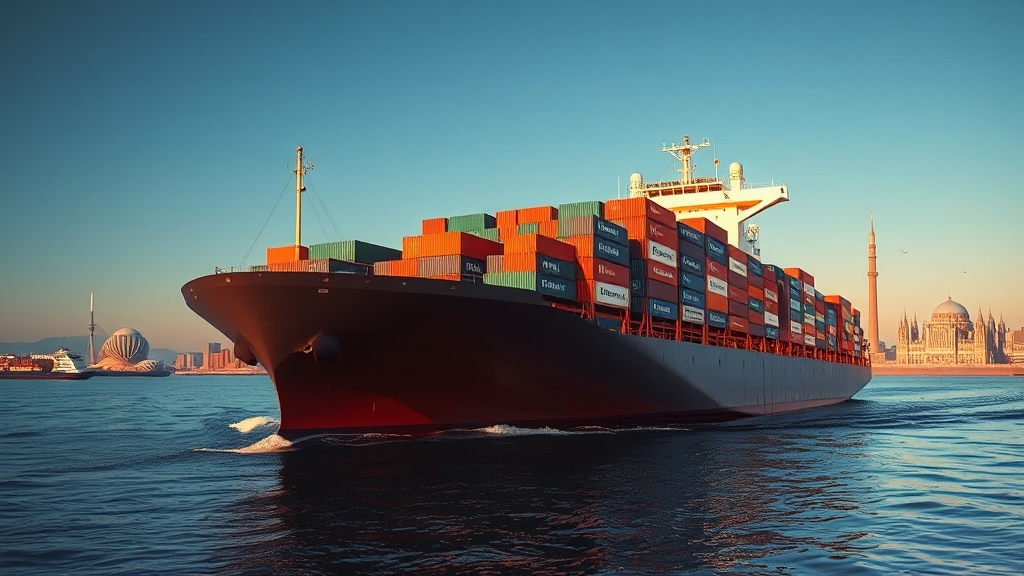
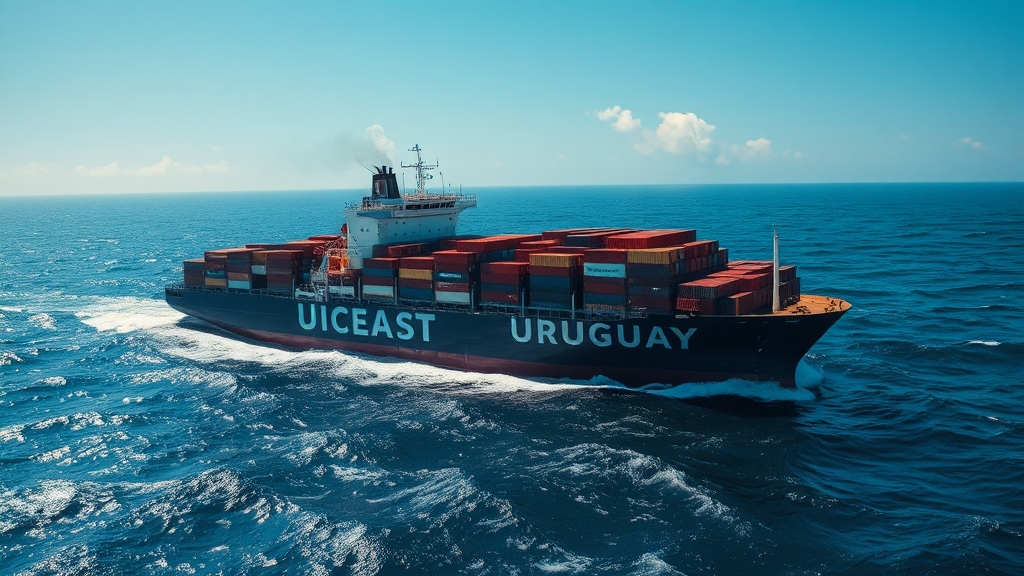
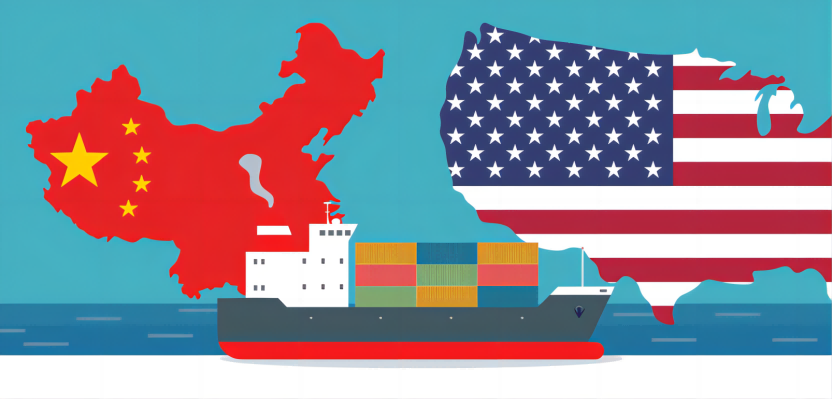
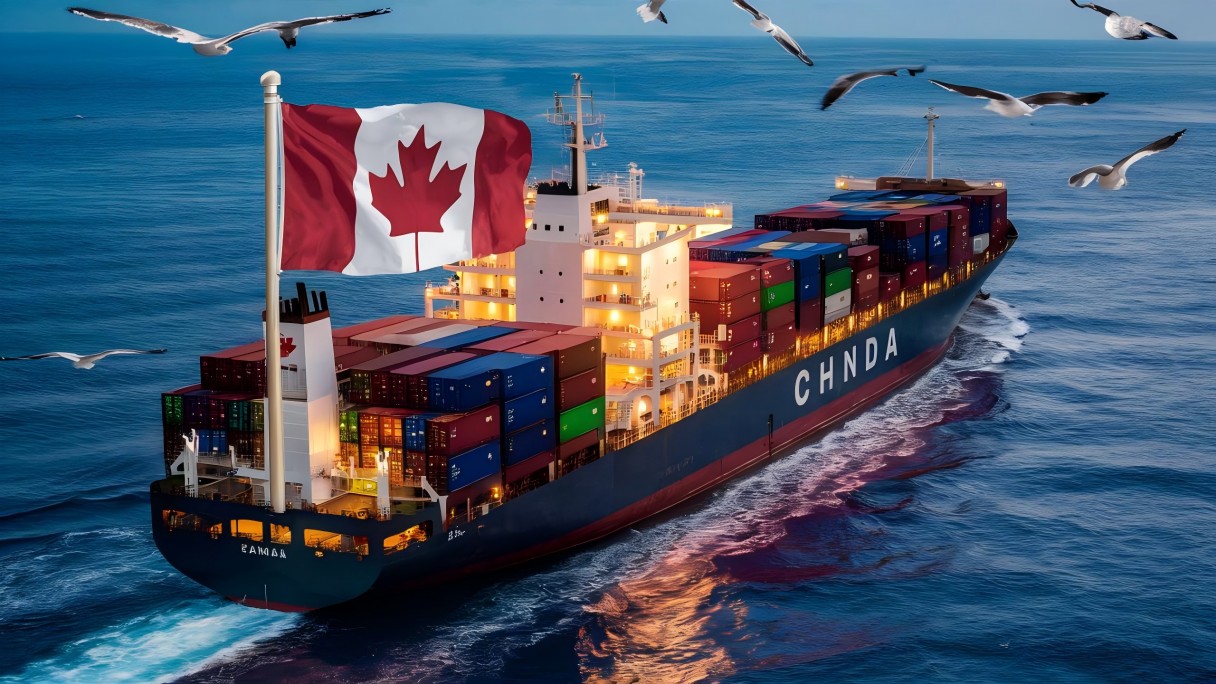
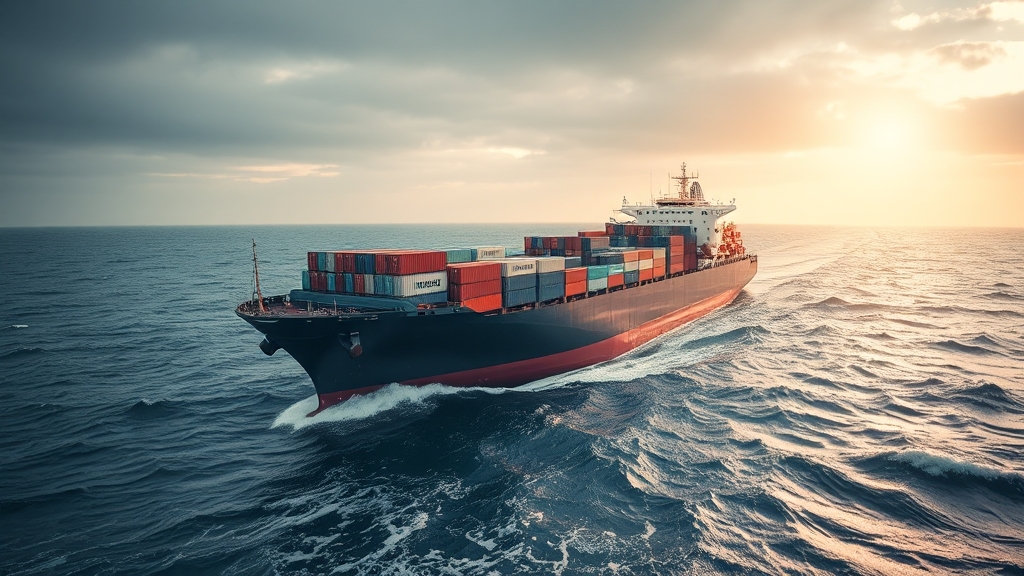





 Afrikaans
Afrikaans Shqip
Shqip አማርኛ
አማርኛ العربية
العربية Հայերեն
Հայերեն Azərbaycan dili
Azərbaycan dili Euskara
Euskara Беларуская мова
Беларуская мова বাংলা
বাংলা Bosanski
Bosanski Български
Български Català
Català Cebuano
Cebuano Chichewa
Chichewa 简体中文
简体中文 繁體中文
繁體中文 Corsu
Corsu Hrvatski
Hrvatski Čeština
Čeština Dansk
Dansk Nederlands
Nederlands English
English Esperanto
Esperanto Eesti
Eesti Filipino
Filipino Suomi
Suomi Français
Français Galego
Galego ქართული
ქართული Deutsch
Deutsch Ελληνικά
Ελληνικά Kreyol ayisyen
Kreyol ayisyen Harshen Hausa
Harshen Hausa Ōlelo Hawaiʻi
Ōlelo Hawaiʻi עִבְרִית
עִבְרִית हिन्दी
हिन्दी Hmong
Hmong Magyar
Magyar Íslenska
Íslenska Igbo
Igbo Bahasa Indonesia
Bahasa Indonesia Gaeilge
Gaeilge Italiano
Italiano 日本語
日本語 Basa Jawa
Basa Jawa ಕನ್ನಡ
ಕನ್ನಡ Қазақ тілі
Қазақ тілі ភាសាខ្មែរ
ភាសាខ្មែរ 한국어
한국어 كوردی
كوردی Кыргызча
Кыргызча ພາສາລາວ
ພາສາລາວ Latin
Latin Latviešu valoda
Latviešu valoda Lietuvių kalba
Lietuvių kalba Lëtzebuergesch
Lëtzebuergesch Македонски јазик
Македонски јазик Malagasy
Malagasy Bahasa Melayu
Bahasa Melayu മലയാളം
മലയാളം Maltese
Maltese Te Reo Māori
Te Reo Māori मराठी
मराठी Монгол
Монгол ဗမာစာ
ဗမာစာ नेपाली
नेपाली Norsk bokmål
Norsk bokmål پښتو
پښتو فارسی
فارسی Polski
Polski Português
Português ਪੰਜਾਬੀ
ਪੰਜਾਬੀ Română
Română Русский
Русский Samoan
Samoan Gàidhlig
Gàidhlig Српски језик
Српски језик Sesotho
Sesotho Shona
Shona سنڌي
سنڌي සිංහල
සිංහල Slovenčina
Slovenčina Slovenščina
Slovenščina Afsoomaali
Afsoomaali Español
Español Basa Sunda
Basa Sunda Kiswahili
Kiswahili Svenska
Svenska Тоҷикӣ
Тоҷикӣ தமிழ்
தமிழ் తెలుగు
తెలుగు ไทย
ไทย Türkçe
Türkçe Українська
Українська اردو
اردو O‘zbekcha
O‘zbekcha Tiếng Việt
Tiếng Việt Cymraeg
Cymraeg יידיש
יידיש Yorùbá
Yorùbá Zulu
Zulu